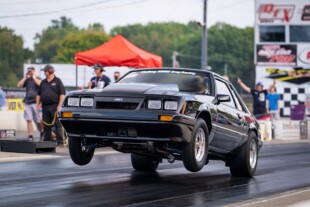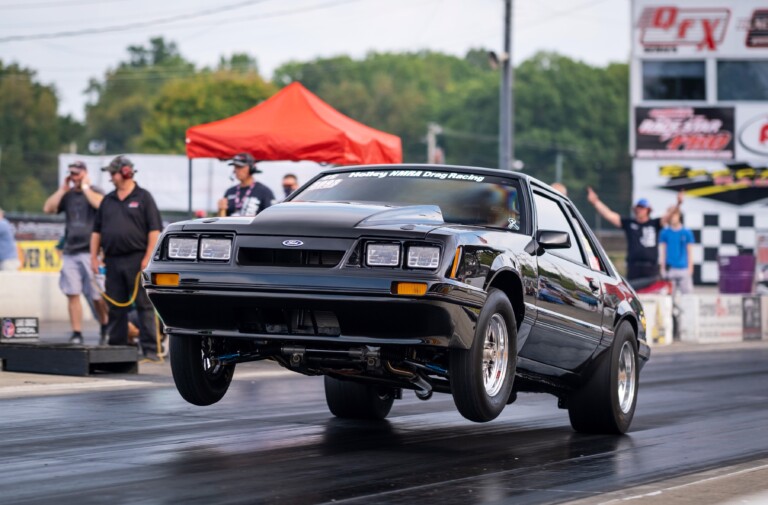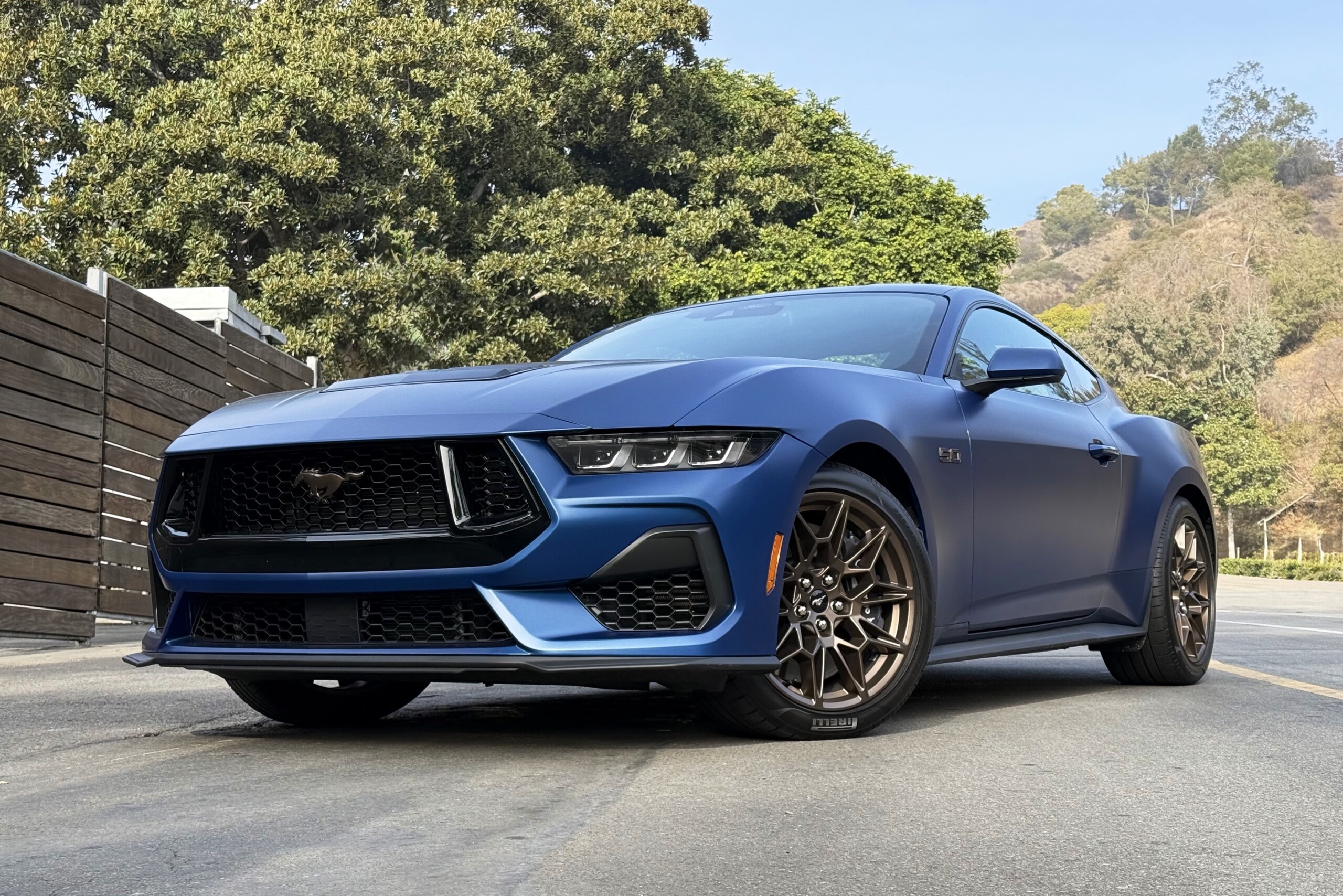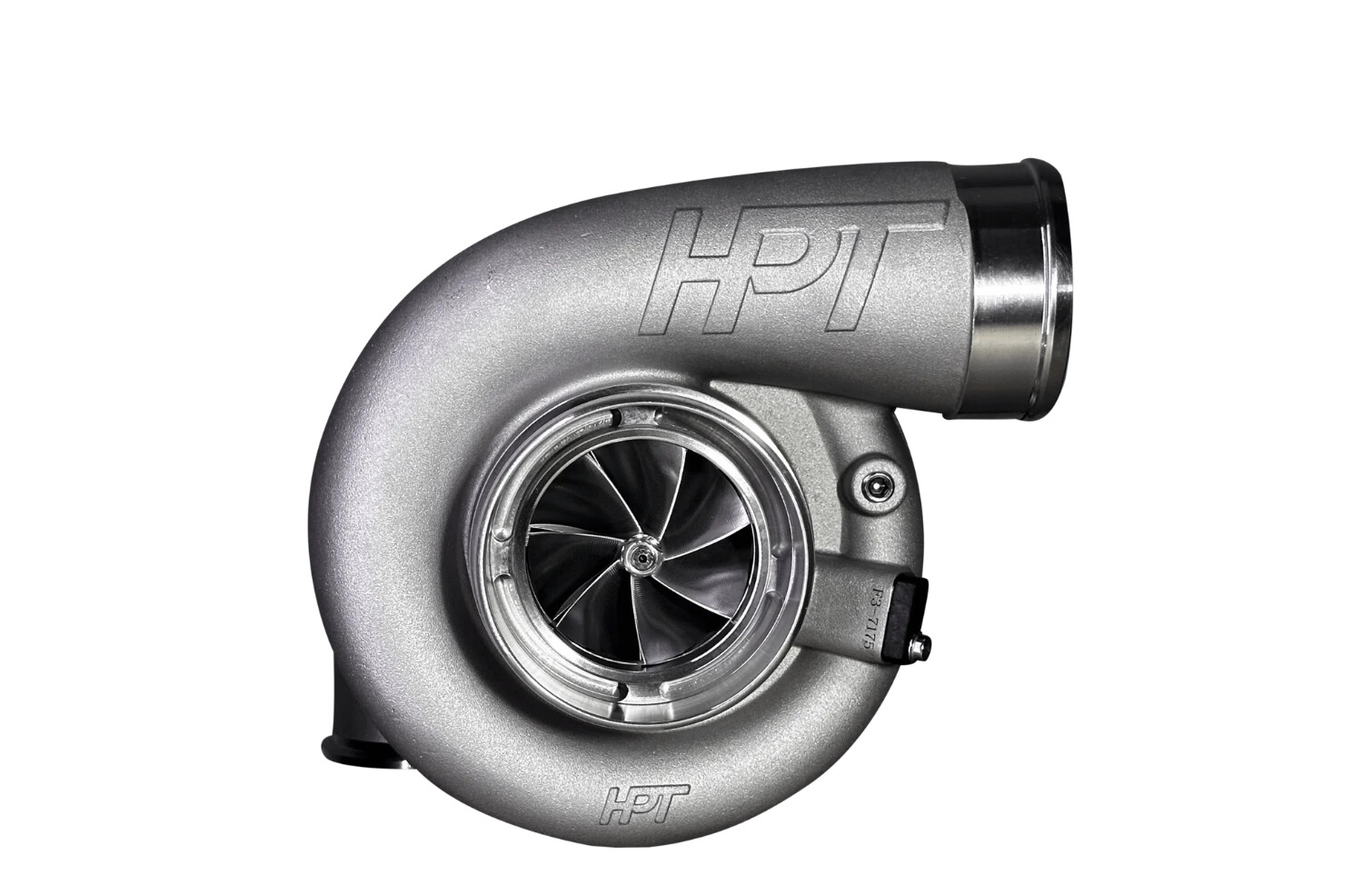In the past few years we’ve seen some extraordinary advancements in the area of automotive artificial intelligence. With fuel saving technology becoming fairly main stream, it only makes sense that our eyes stray toward the next big thing. We’ve seen autonomous systems such as predictive braking and automated parallel parking coming about strongly and being implemented into various production vehicles. This brings us to wonder how far the idea of the removal of human operation can be taken.
Today, the answer to that question is becoming readily apparent. For one, we’ve already seen Jeremy Clarkson freak out as he witnessed the self-driving BMW take a lap around the Top Gear test track first hand. Don’t get us wrong, this is most definitely a feat to be proud of, but it doesn’t solve all of the challenges that come with self-navigating vehicles.
 Ford is the latest to get in on the game and try to tackle these challenges in collaboration with the Massachusetts Institute of Technology and Stanford University. Not only are they designing a car to navigate from point “A” to “B,” but the vehicle will also learn from its surroundings. For lack of a better term, we guess you could call it a “Smart Car.”
Ford is the latest to get in on the game and try to tackle these challenges in collaboration with the Massachusetts Institute of Technology and Stanford University. Not only are they designing a car to navigate from point “A” to “B,” but the vehicle will also learn from its surroundings. For lack of a better term, we guess you could call it a “Smart Car.”
Not only will the technology know how to physically get to where it has to be, but will also bypass some of the tricky challenges faced by these technological advances. Some of these include the prediction of actions of other motorists and pedestrians. According to Ford the combination of 3D mapping and advanced algorithms will be able to “peek ahead” where the human eye would normally be unable to see.
Think about all the problems that this could potentially solve. We would no longer need specialized transportation for those with physical disabilities. We could also avoid transportation issues for those who have simply aged past the motor skills necessary to drive a car. If rooted deeply enough into our daily routines this technology could even save lives via the reduction of drunk driving. Ford expects cars to be driving themselves completely in about 11 years, some time after the year 2025.

















